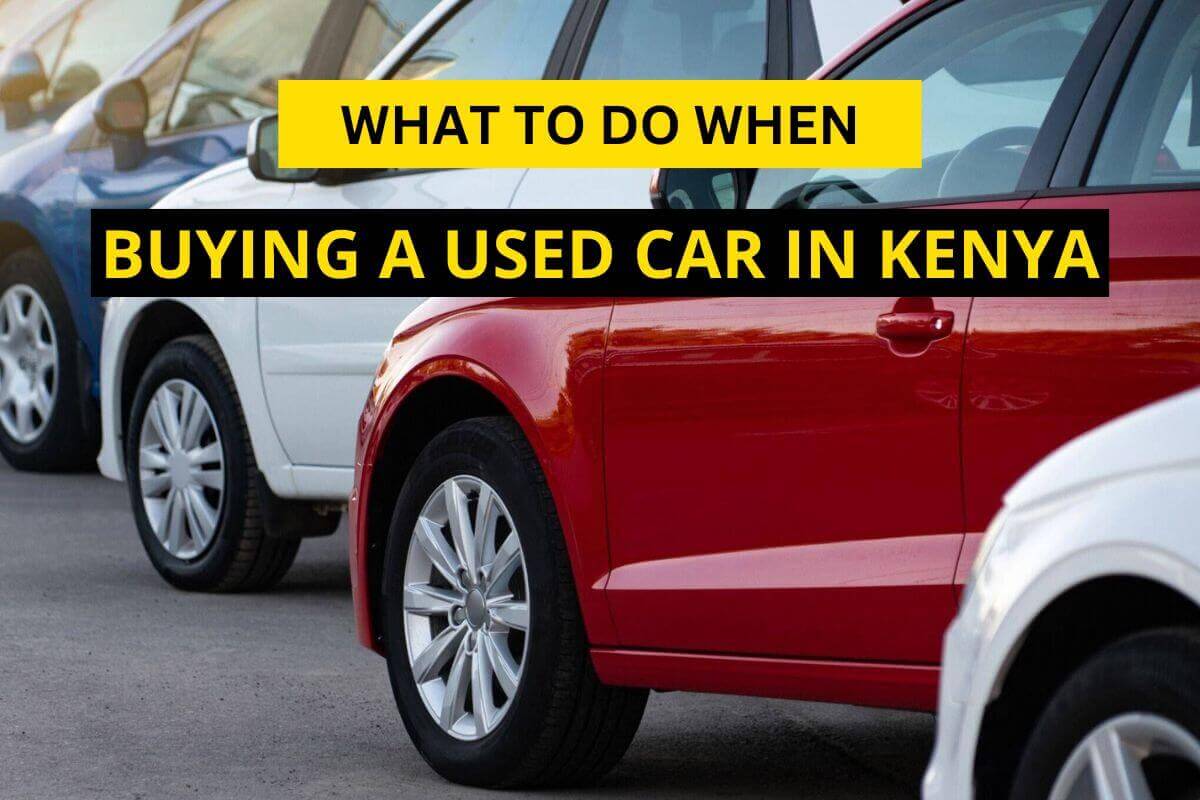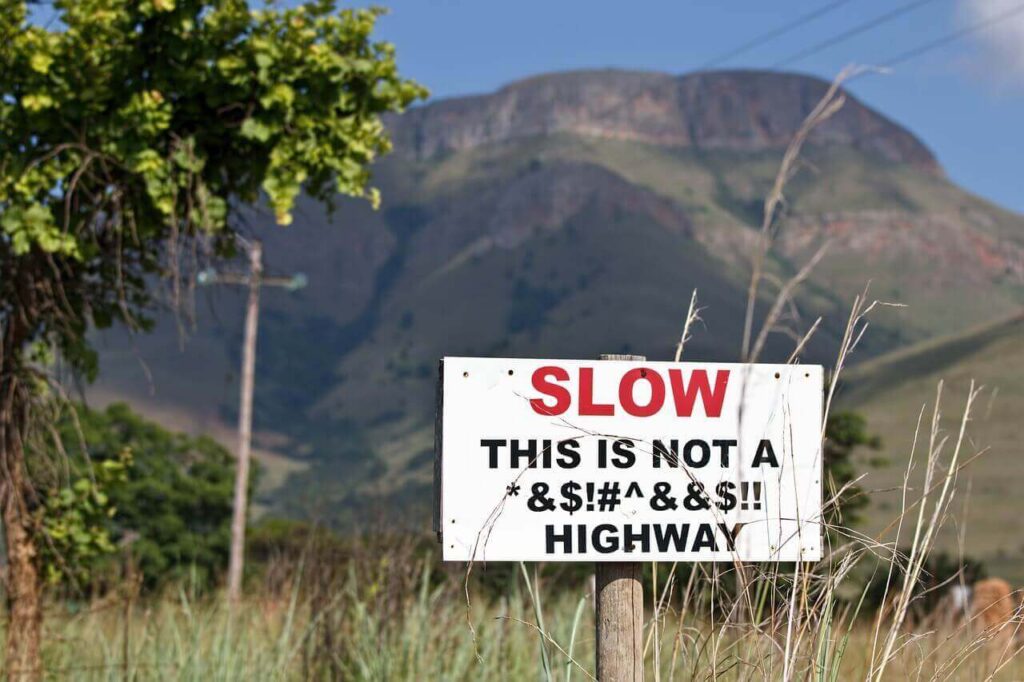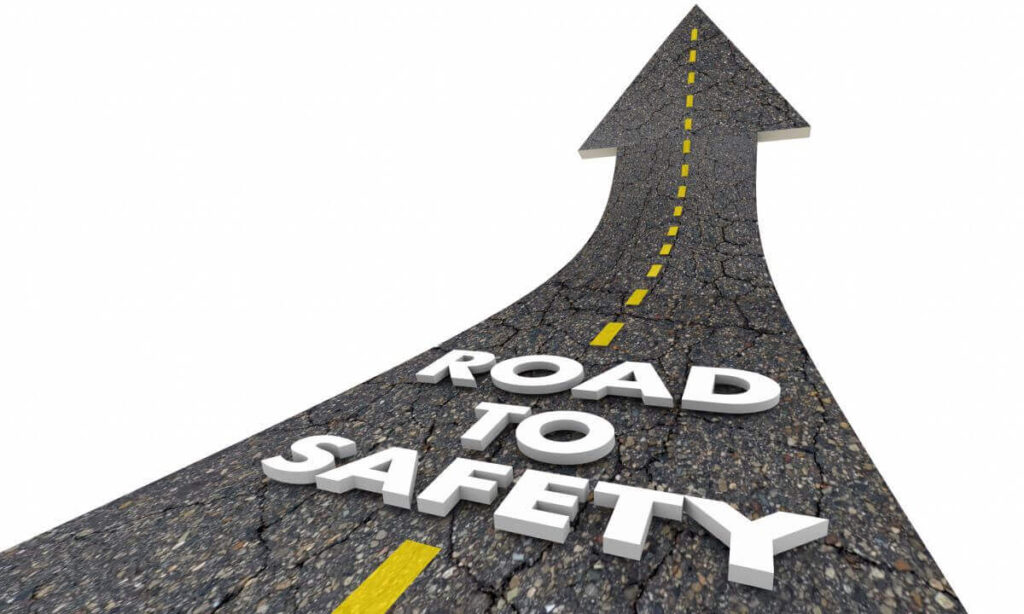The process of buying a car for many first time car owners can be confusing and overwhelming. With the proliferation of fraudsters in the industry, chances of being conned or tricked into a bad deal are very real. It is therefore important to understand the process, know the requirements and arm yourself with the necessary tools to help make an informed decision.
Here at AutoMate, we engaged with different key stakeholders in the industry, compiled what we were told and came up with important steps to take when buying a car.
- Shop around: When looking for a car to buy, do not be in a hurry. Take your time to look around and compare available options. Such include imported, locally used and repossessed units, For best results, use AutoMate to discover which car dealers have the make and model of the car you are looking for.
- Have the car comprehensively inspected: Engage a qualified mechanic or a professional car inspector to do a detailed assessment of the car. They will give you a document called a Pre-Purchase Inspection (PPI) Report with the outcome of that assessment. Any issues the car has, and any potential problematic areas, will be discovered and included in the report. You will then decide whether the issues are a deal-breaker for you or not.
- Test the car: Take the car for a test drive, both as a driver and as a back seat passenger, to evaluate its driving dynamics. Do not turn on the radio so you can listen for any strange sounds and where they would be coming from. Rev the engine, note its response and idling. Note the responsiveness of the gearbox. Take a closer look at the interior components and body work. Misalignments of body parts and irregular paintworks are good indicators of the car having been involved in an accident in the past.
- Conduct an NTSA search: If you decide to buy the car, use the car’s number plate to search the vehicle ownership and registration on NTSA. Here is the process. Make sure the person selling is the registered owner or has been authorized by the registered owner to sell the car. The search will give you important information about the car such as:
- Make and model of the car
- Year of manufacture
- Body type
- Chassis number
- Engine number
- Name and address of the owner
- Caveats (if any)
- Sign the sale agreement in front of witnesses: Ensure at least one of the witnesses is a lawyer. A good agreement should have:
- The names, addresses, and identification details of both the seller and, you, the buyer
- Details of the car being sold such as make, model, registration number, colour, fuel type, mileage, body type, chassis and engine number
- Details of the deal, including the amount to be paid, the mode of payment, and when the logbook transfer is to be initiated
- When and where the car handover will take place
- Strictly make payments through bank transfer: Avoid paying for the car in cash. This is for accountability purposes.
- Initiate logbook transfer: Take possession of the car’s logbook and initiate the transfer immediately. Here is the process.
- Buy insurance for the car in your name: Insurance policies are not transferable.
Read: 5 Useful Facts About Motor Vehicle Insurance In Kenya You Should Know
Key things to note:
- Buy the car on a weekday when banks are open.
- Retain a copy of the sales agreement as well as a copy of the seller’s ID and KRA pin.
- Ensure the car has no tracking devices.





